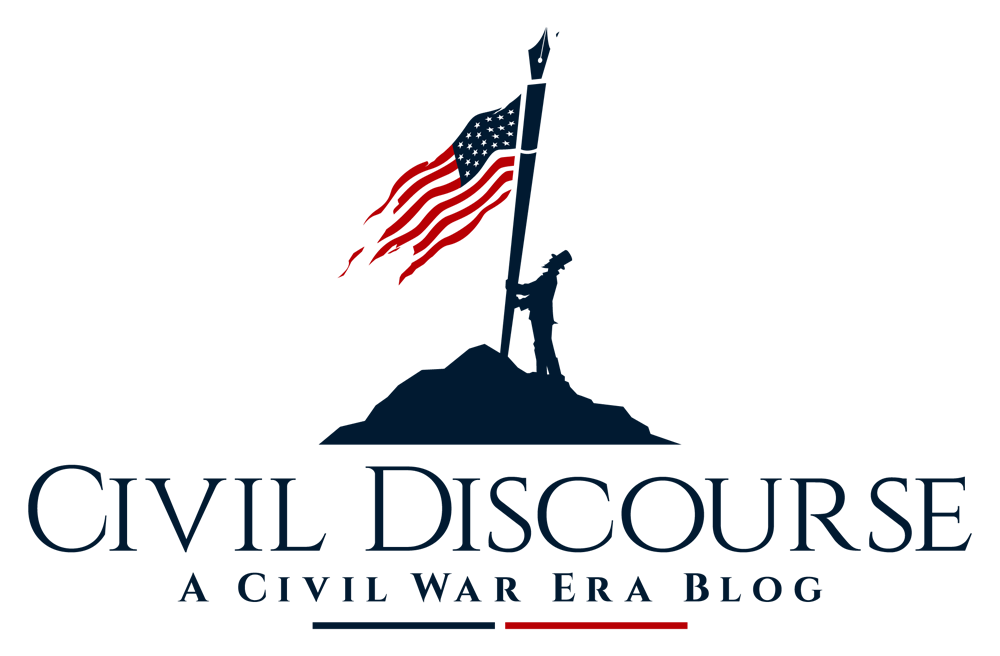The Industrial Confederacy: The Augusta Powder Works
/The Augusta Powder Works operated until April 1865 when the Confederacy surrendered and the Civil War ended. During operation the works manufactured about 7,000 pounds of gunpowder a day for a total of 2,750,000 pounds produced during the war. The Confederate Powder Works was the only permanent, industrial complex constructed by the Confederate States of America.
Read More




















